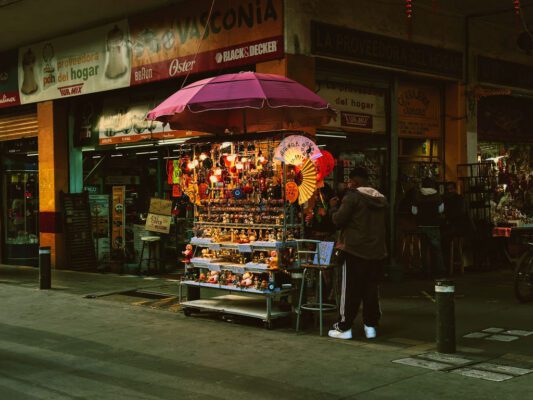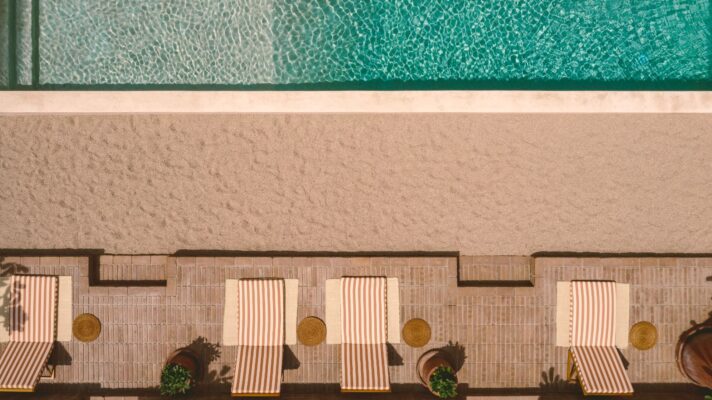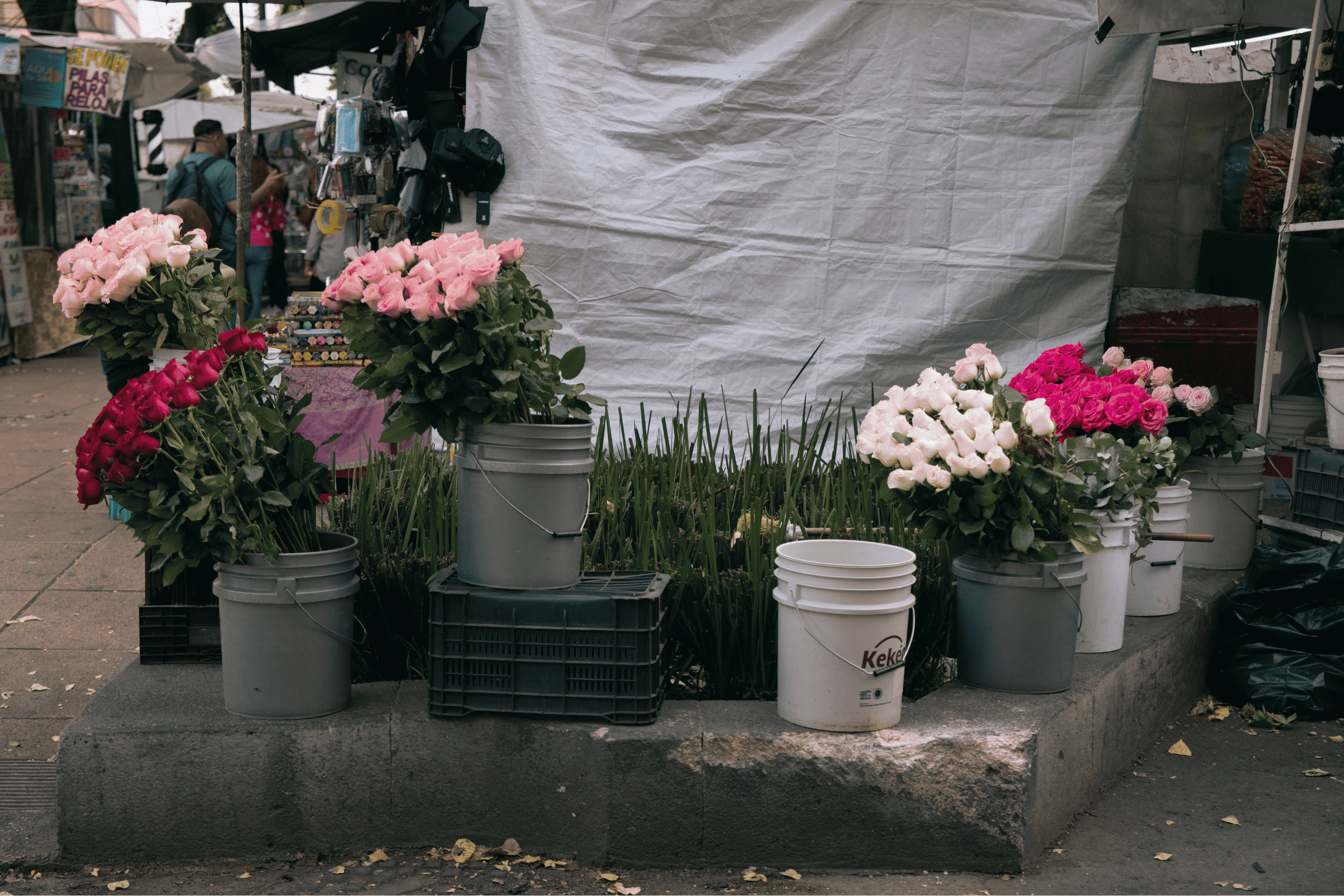
BEHIND THE LENS
MEXICO CITY, MEXICO BY KARLA READ
How did your interest in photography begin?
It was born out of my attempts at singing, painting, and drawing. I don’t think I pursued those other areas with much drive, so in the end I dedicated myself to my fascination with images, symbols, and aesthetics. My passion for interpreting and understanding life has always been channeled through the visual, through what one experiences immediately.
Love is a recurring theme in your personal photography projects. What does love mean to you?
Love is the urgency to want to share the experience of life with another person. It is caring—above all, caring. Visually, love takes on very interesting forms. And aside from being a romantic, that’s why I’ve always been drawn to photographing it: because it is a complex emotion, but also an everyday one, which manifests itself in unexpected ways.
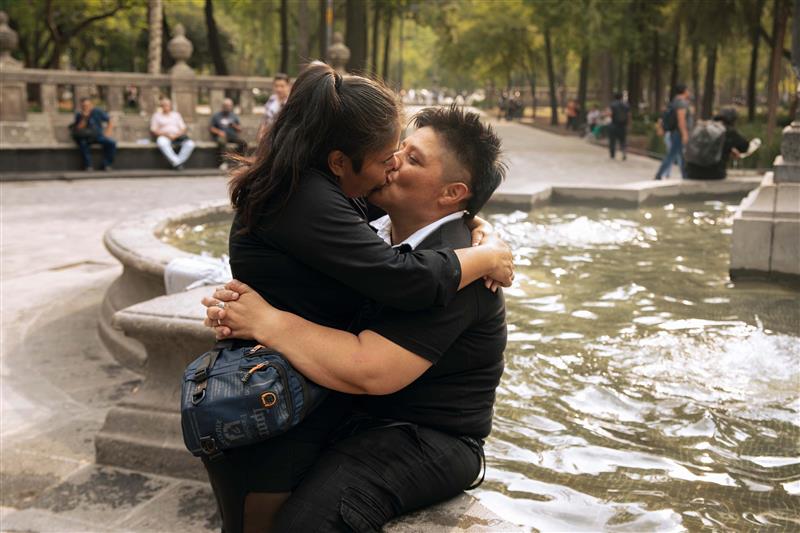
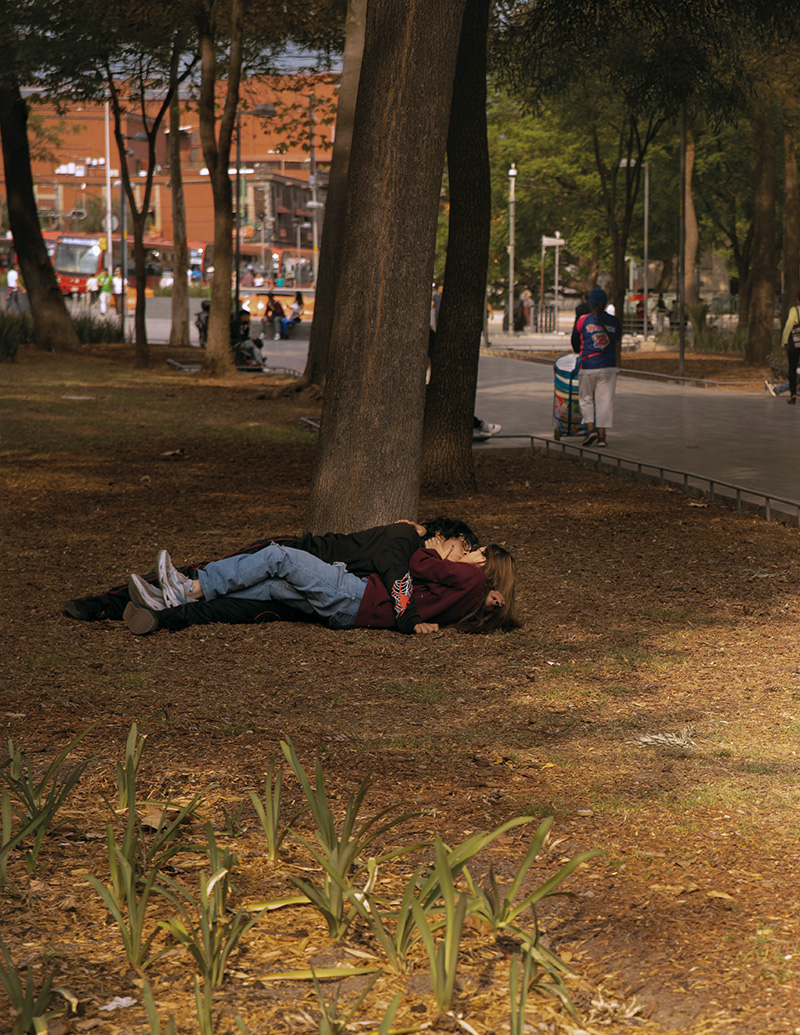
You were born and raised in the Dominican Republic, and now you live in Mexico. What visual or artistic references shaped your idea of Mexico before experiencing it firsthand?
Interestingly, I didn’t have any concrete references. I don’t recall having formed a very clear image before coming here. I came based on what people had told me and because I felt the need to live another life, among the many I have already lived along the way. If I remember correctly, before coming I watched the film Roma, and perhaps from that I formed a very subjective idea. Prior to that, the typical Mexican soap operas I watched as a child left me with more of a feeling than an image—but it was a warm, affectionate feeling toward Mexico.
What drew you to the Historic Center as a visual subject?
The Center, both because of friends and personal interest, is where I spend most of my time. Although I live in Santa María la Ribera, I resolve almost everything in the Center, and I believe one tends to portray what one knows best, almost by instinct. It is also a place where many stimuli converge all at once: objects, colors, unexpected characters. For me, it embodies what Mexico City truly is.
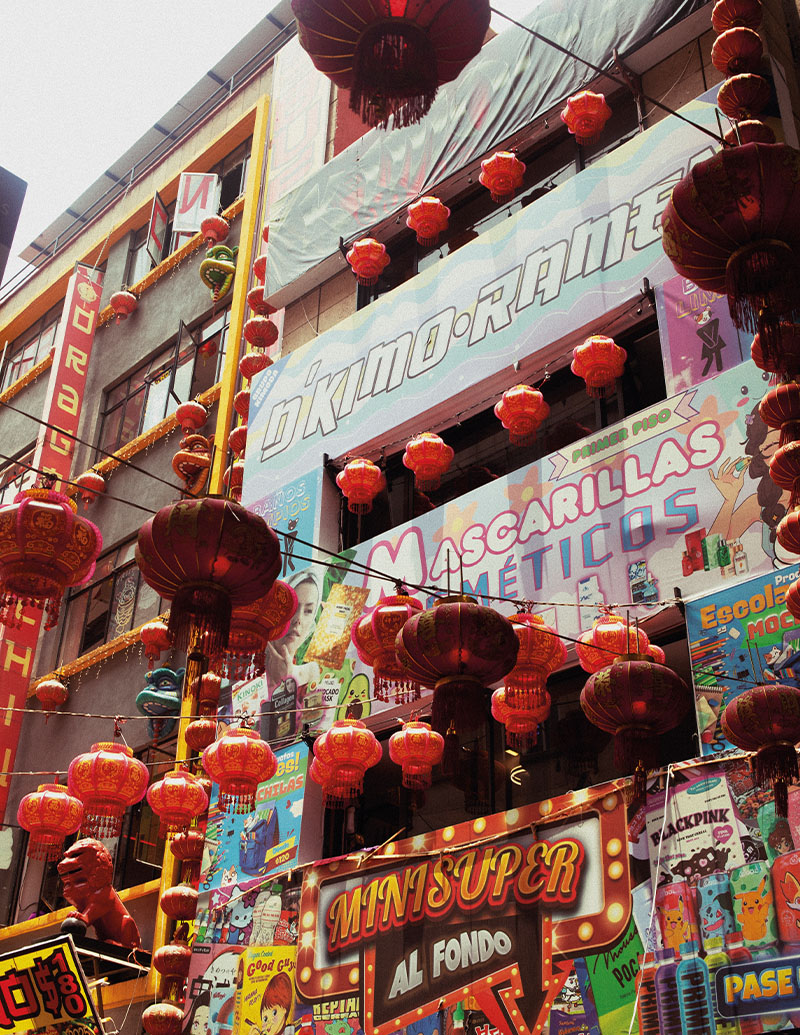
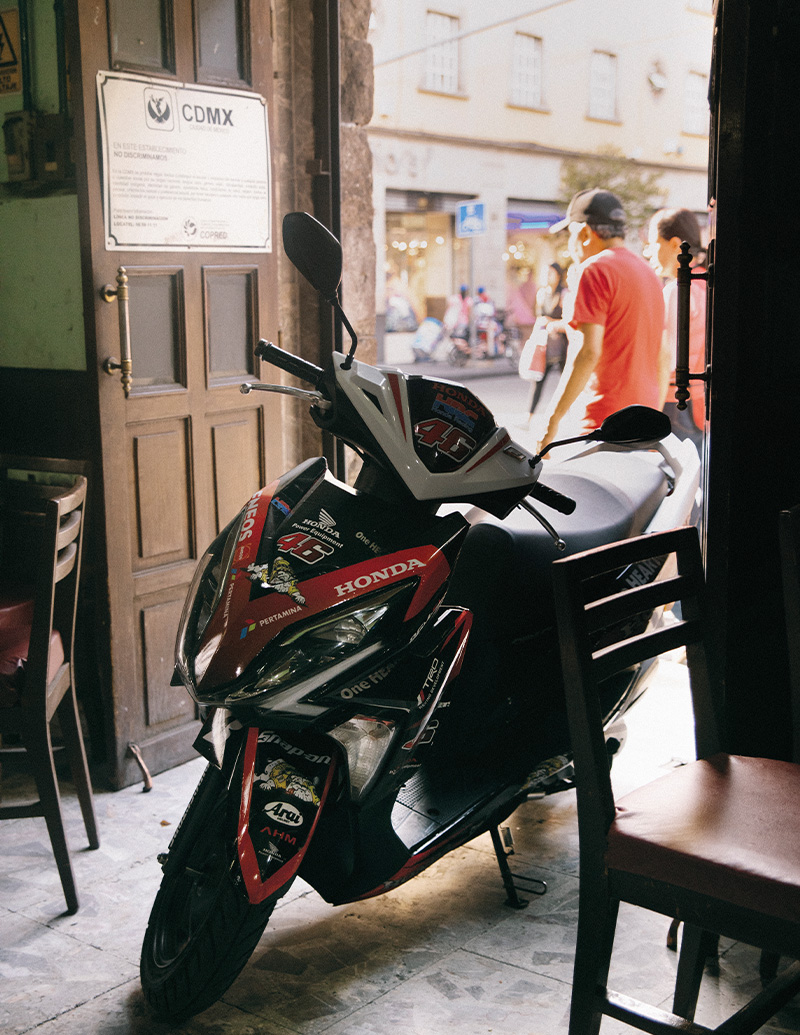
What emotion or feeling would you like the viewer to experience when looking at this series of photographs?
Above all, I seek to share the moments of life that unfold in the Center. To convey a bit of that singular and marvelous energy it holds: a blend of the chaotic, the intimate, and the profoundly human.
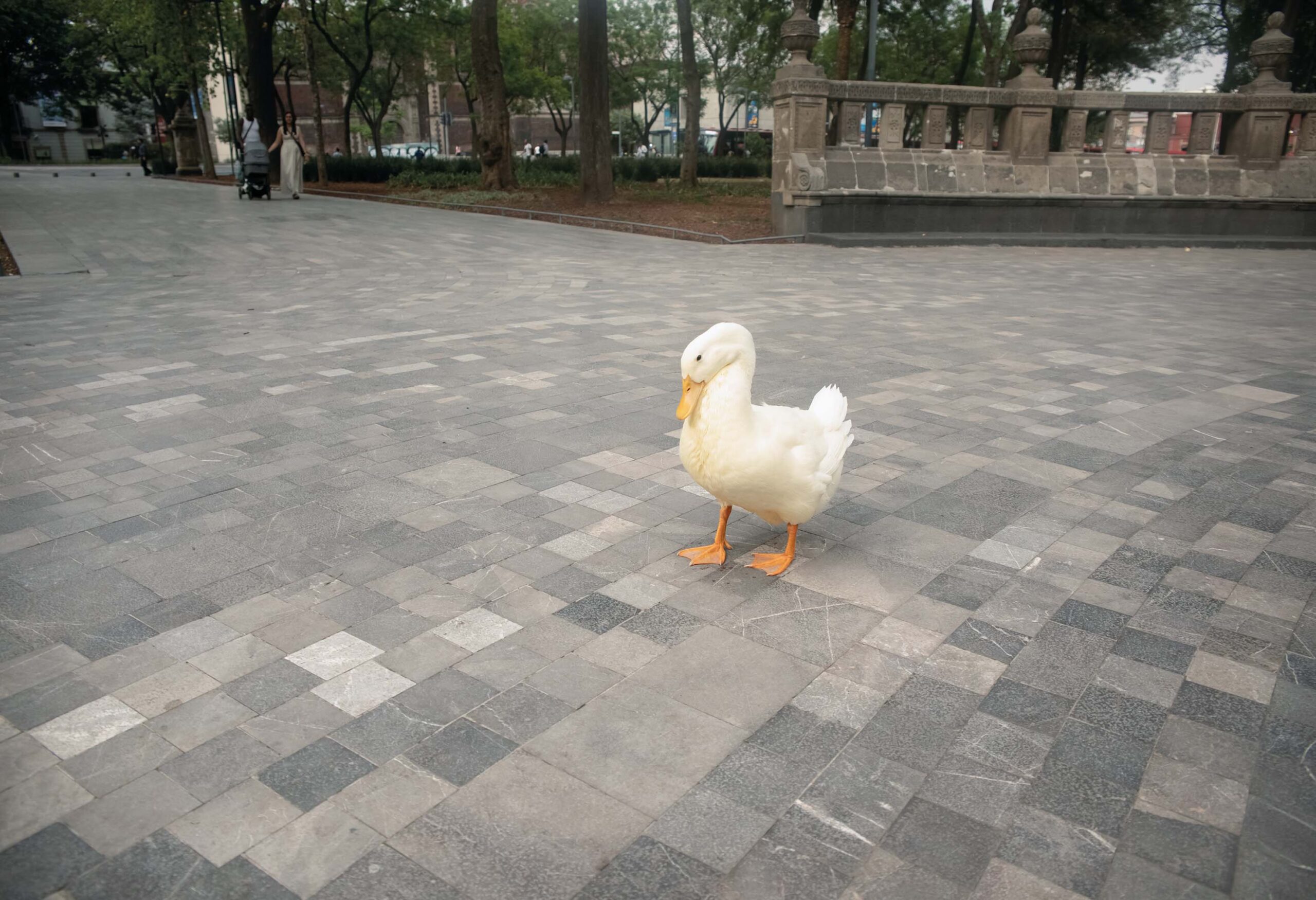
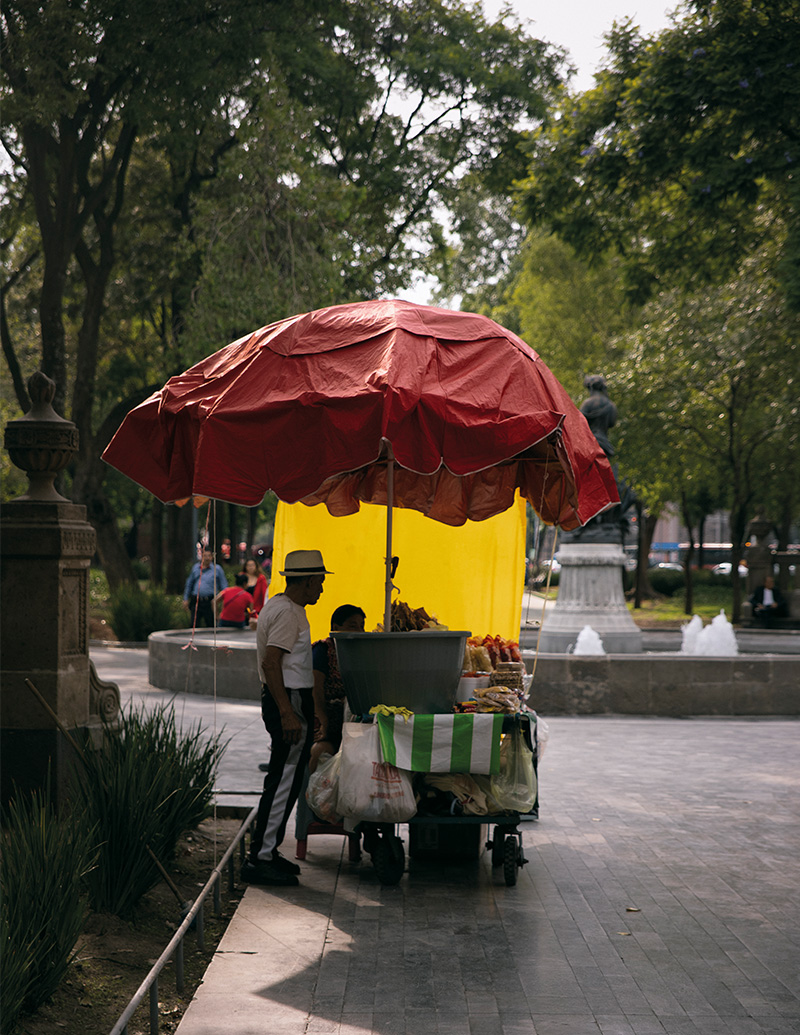
What was the first image you captured on this journey, and what compelled you to press the shutter?
If I’m not mistaken, it was the mariachis, with a man watching in the background. I was walking through the Center with a good friend, and we decided to stop at Cantina La Dominica. It was practically empty, except for two men drinking at the table next to us—right by the bathroom—and a pair of mariachis who soon came over to chat with them. One of the most striking features of that cantina is the color of its walls, so when I saw them with their guitars in that particular corner, I felt I had to make a portrait of them.
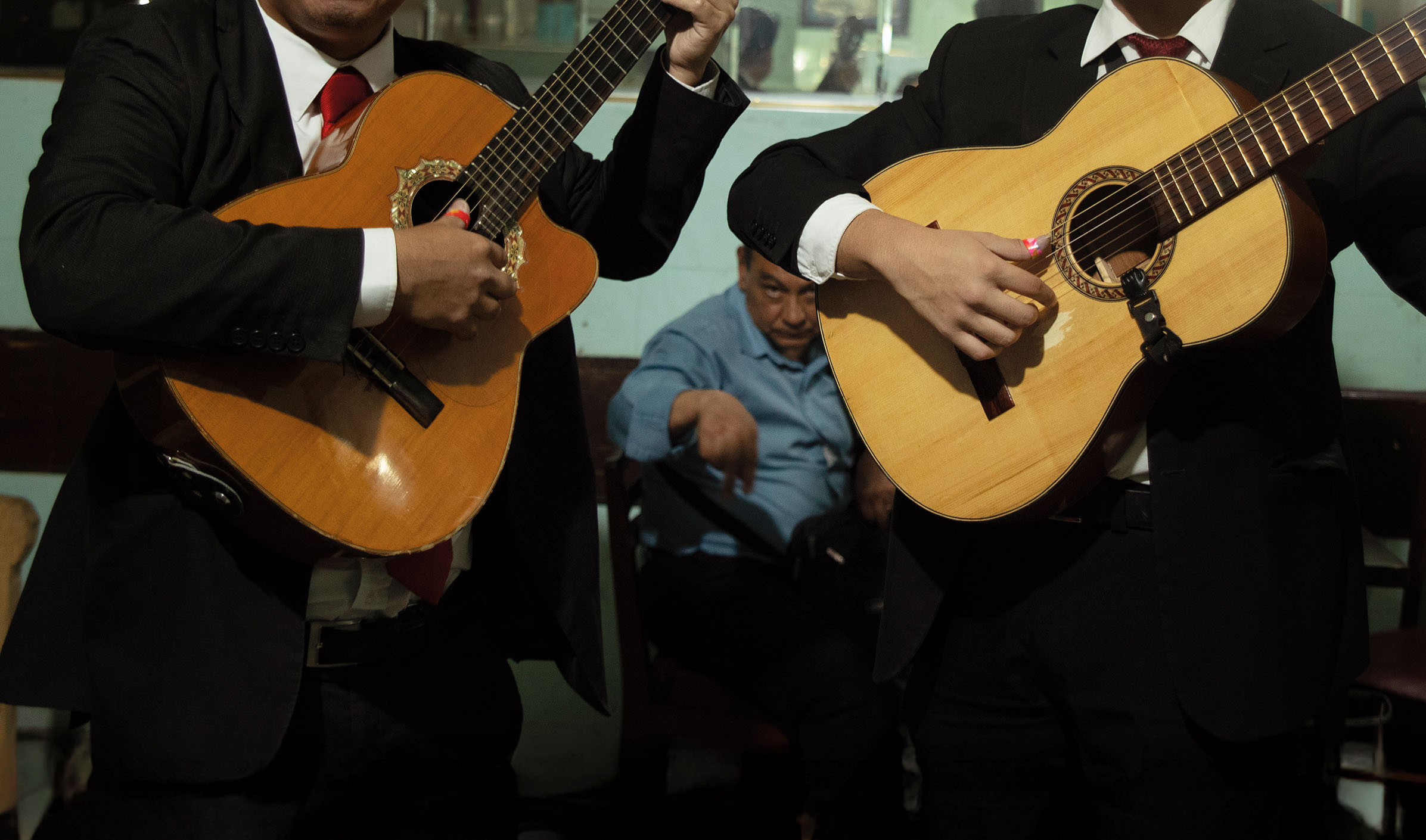
Was there a place, object, or urban detail you found impossible not to photograph?
The children bathing in the fountain was one of the most striking scenes I encountered. Every afternoon they go there and play as if it were their own backyard, while all sorts of things unfold around them. It is such a simple gesture, yet one laden with profound symbolism.
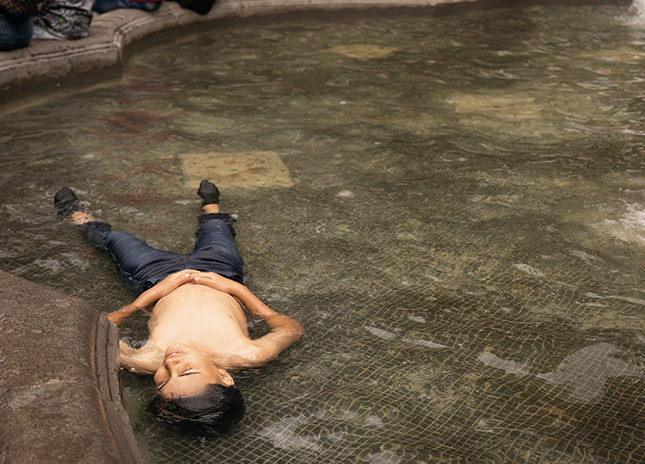

Did you come across any story or character that left a mark on you during your walks?
The first place I stopped to take photographs was Cantina La Dominica. That’s where I met Miguel, a bar singer who has spent about 30 years performing in that area. I don’t know if he marked me as a person, but meeting someone who has devoted his entire life to a single craft, within the same neighborhood, struck me as deeply significant. It is a very particular way of life.
Is there a photograph you weren’t able to capture and still find yourself dreaming about?
Fortunately, this time there wasn’t one that left me with that lingering frustration. But of course, as usually happens on any walk, there’s always something you wish you could photograph but miss because of timing, lighting, or simply not having the camera in hand. That happens to me often here in Mexico City—there are so many incredible moments that it’s impossible to capture them all.
What does the Historic Center of Mexico City sound like when you close your eyes?
Car horns, Juan Gabriel playing in the distance, street vendors shouting their offers, and organ grinders playing Cielito Lindo. It is a blend of noise and nostalgia.
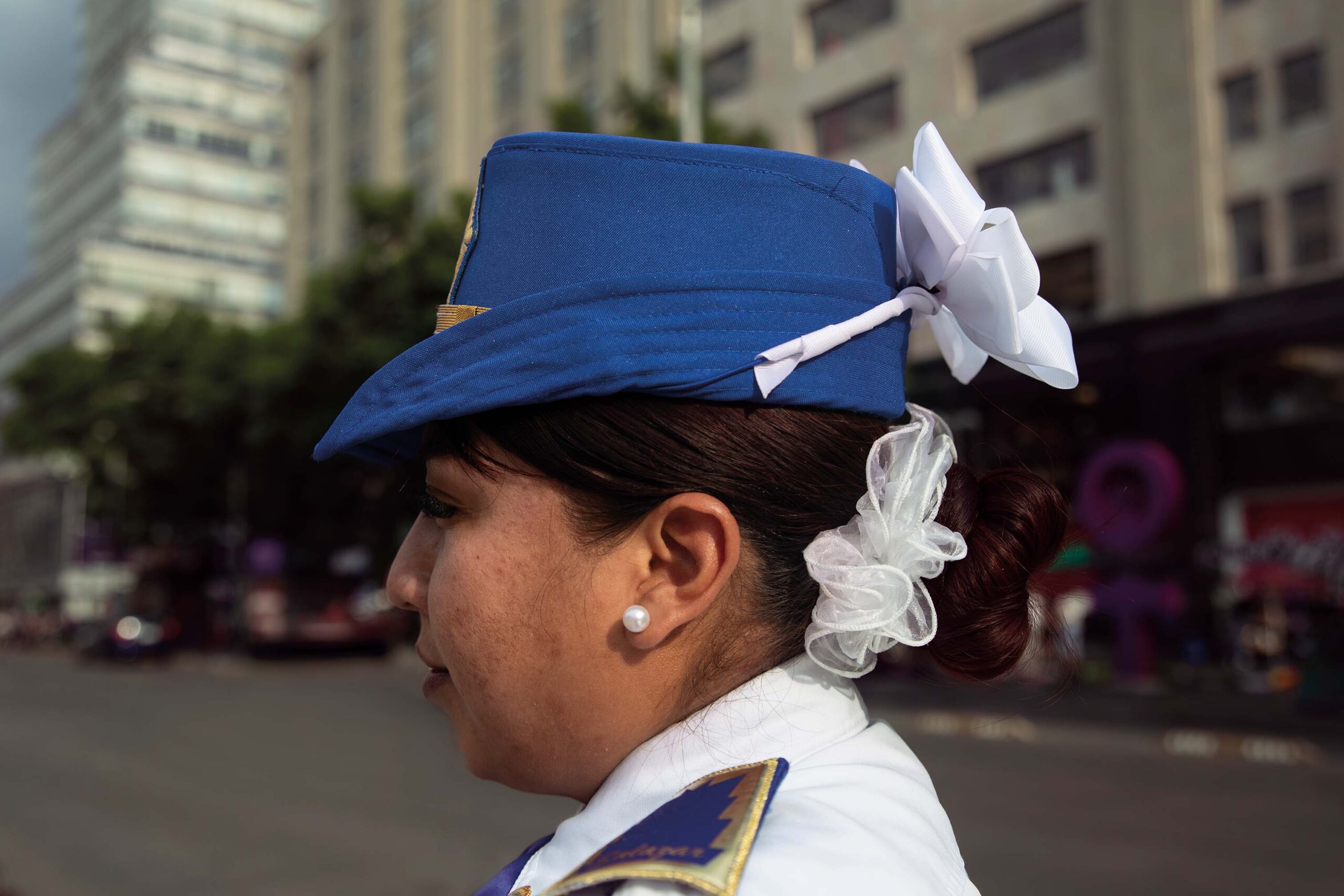
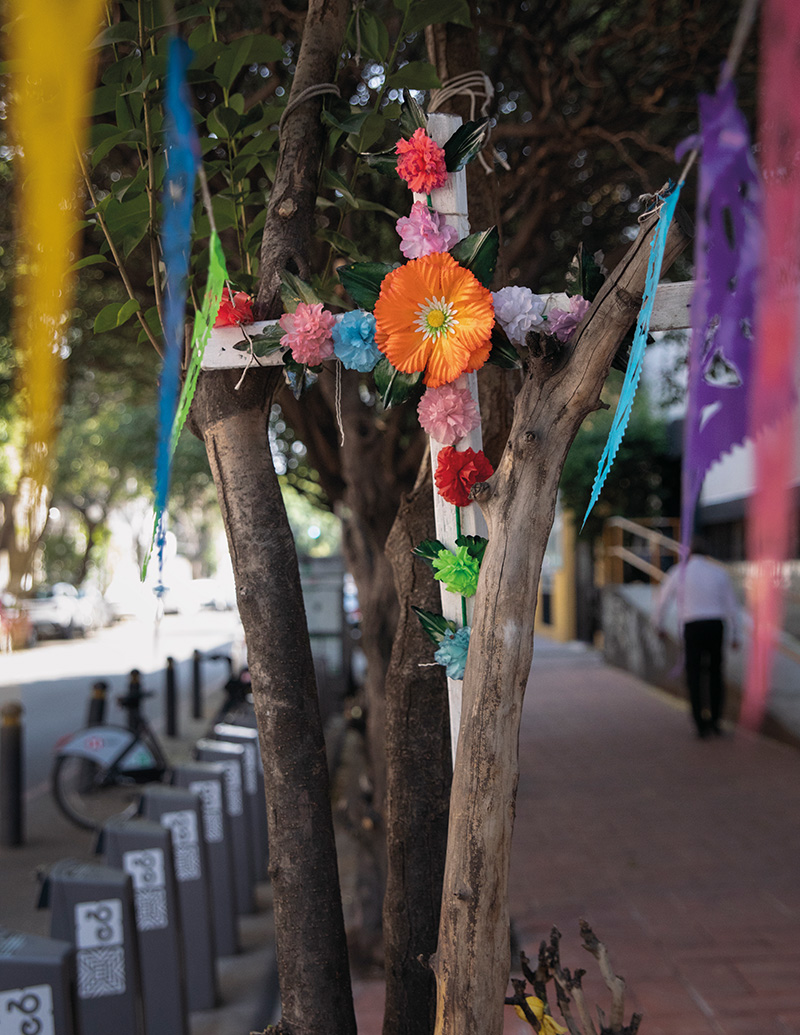
If the Historic Center were a flavor and an aroma, what would they be?
It would be the smell of tequila and the taste of salt with lime. The city center is intense; it has a strong personality but is also warm.
Do you have a secret or lesser-known spot there that you enjoy visiting?
It’s not exactly a secret, but I love Cantina Tío Pepe, which has been operating since 1869. It has preserved much of its original structure and décor, and stepping inside feels like traveling back in time.
What would you recommend if someone had only 24 hours to explore the City Center?
For me, a must would be visiting the MUNAL, having coffee at the Casa de los Azulejos, lunch at the Balcón del Zócalo, and a stroll through the Cathedral and Bellas Artes. They are classic spots, but each carries a unique energy.

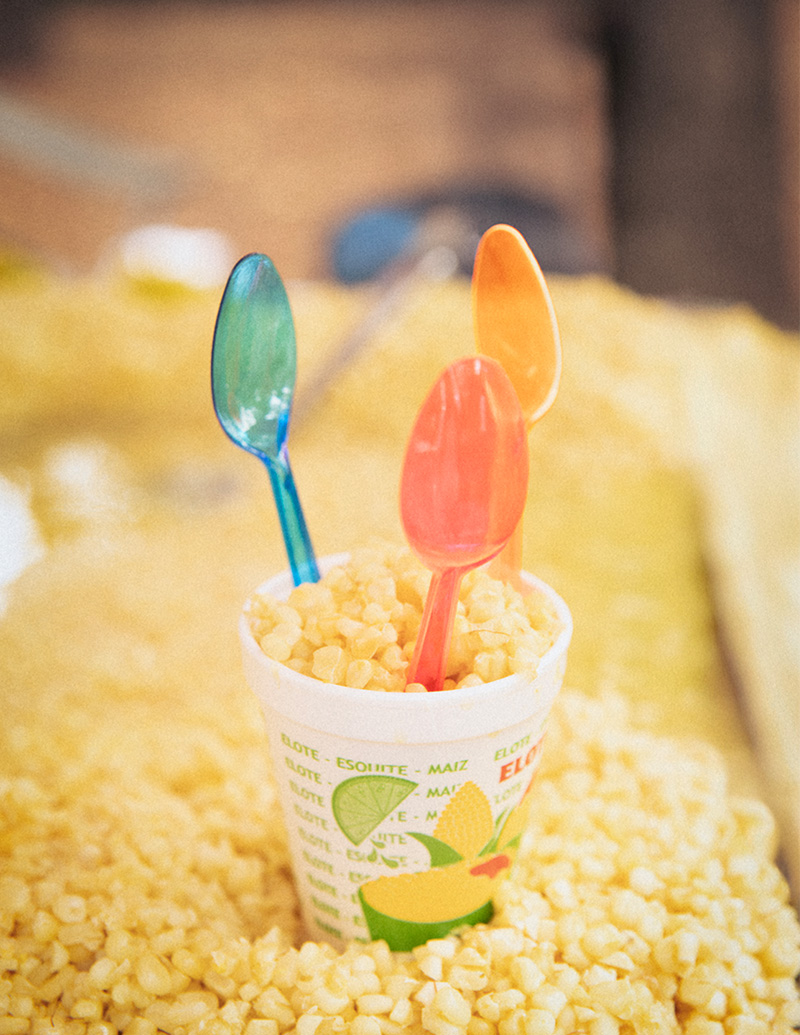
A spot for a casual lunch with soul? And for a special dinner?
For lunch, I love the Mercado de San Juan or Tacos Los Cocuyos. Both places are full of life, authenticity, and uncomplicated food. And for a more special dinner, I enjoy Azul Histórico. It has a beautiful atmosphere and a menu that carefully rescues Mexican flavors.
Is there a song you associate with this area?
La Negra Tomasa, the tropical version by Caifanes. One afternoon I heard it coming from an auto shop in the Center, and I had to stop and listen. I had never heard that version before, and since then, that song has become tied to that corner—and to the Center as a whole.
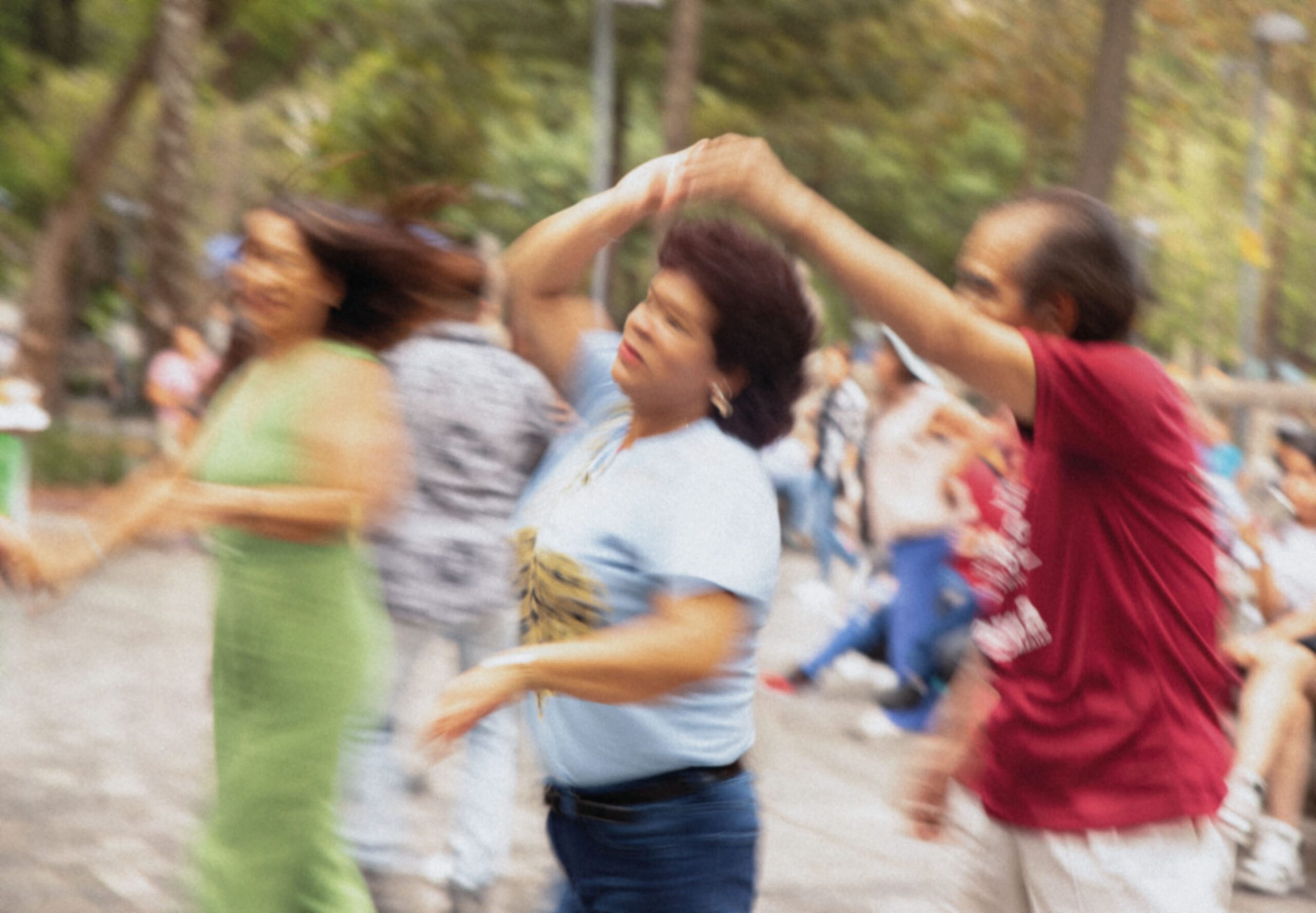
What Mexican slang or expression have you adopted?
“Un chingo,” to mean “a lot.” And “bote de basura,” because if I say “zafacón” no one understands me.
What is beauty to you, seen through your lens in this place?
Beauty is often the unexpected, the casual, which—without explanation—feels coherent. It is what appears without searching, and yet somehow feels completely meaningful.


